
THE RICHES OF NATIVE PLANTS
Child can you live in a world without native plants? Do you know how much your daily life depends on plants?
Do you take aspirin? Do you play or watch baseball? Do you eat strawberries? Do you need clean air and water? If so, you rely on native plants.
Knot Weed
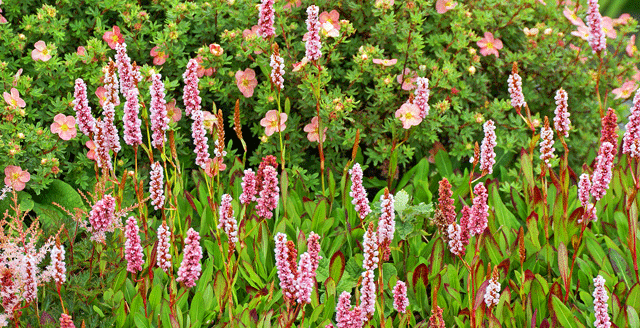
From the tropical rain forests to your backyard, plants provide us with food, medicines, jobs, and places of beauty and peace. But many of these places--and the plants that grow there--are in danger.
NATIVE LIFE SUPPORT
bird Plants are the foundation for all life. They produce oxygen and filter the air we breathe. They provide all living species with food and shelter. As part of a healthy ecosystem, plants protect water quality by controlling soil erosion and moderating floods and droughts.
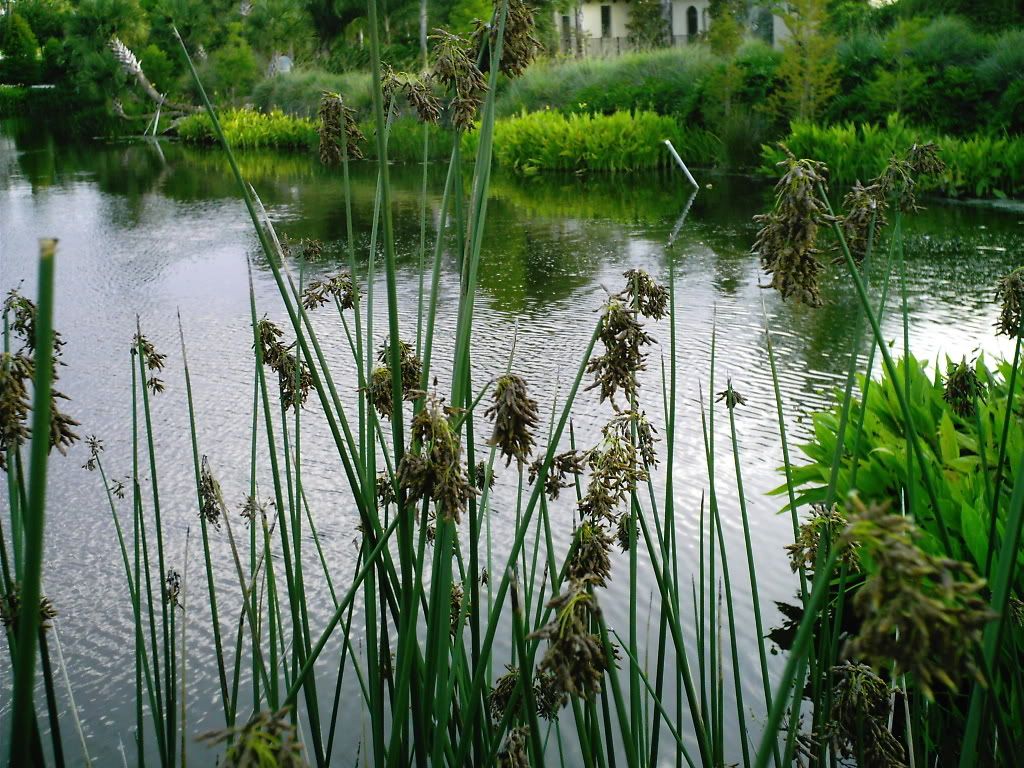
Native plants are an integral part of all healthy ecosystems. Each species contributes to a balanced system developed over millions of years, and interacts to keep the ecosystem functioning. Shrubs produce berries; birds feed on the berries; seeds from the berries are deposited by the birds, thus dispersing the shrubs.

Plants drop their leaves, providing organic matter for the earthworms to eat; the earthworms churn up and aerate the soil, which improves plant growth. The intricacy of ecosystems--each with an enormous diversity of plants, animals, insects, bacteria, soil, air, and water--boggles the mind. There is no way to know beforehand how the loss of even one species will affect an ecosystem, and subsequently the many other species, including humans, that rely upon that ecosystem.
Can we afford to lose native plant communities?
The answer is clear: No, we can't! We must treat our native plants as though our lives depend on them--as they do.
NATIVE GROCERIES

Much of the food you eat each day comes from plants that evolved on this continent--native plants. Corn, squash, beans, wild rice, grapes, walnuts, blueberries, sunflowers, maple syrup, and more. Think of how often these foods form a part of your diet.
These dietary staples represent only a small portion of the edible plants growing in this country. Each year, researchers find hundreds of new potential sources of food from wild plants. Wild plants--some still undiscovered--could develop into replacement food sources. In Texas, a rare native species of wild rice shows high agricultural potential--but only if the small remaining population survives.

In the meantime, these natives provide genetic material that strengthens our major food crops. Over thousands of years, humans have bred high-yielding, disease-resistant crops. As a result, the genetic makeup of our main food crops is essentially identical. This lack of genetic diversity can result in disaster. One unmanageable disease or insect pest could wipe out an entire crop species, temporarily or permanently. In 1970, America's corn belt almost came unbuckled when a leaf fungus destroyed 15% of the corn crop. Corn prices shot up 20%. Farmers with ruined crops lost over $2,000,000,000! Primitive corn plants growing in Mexico saved the industry. Genetic material from these wild natives provided the blight resistance our corn crop needed to survive.
Two other economically important food crops would have been lost if not for the genetic resources of native American plants. The root stock of four North American wild grape species saved the European grape industry from a devastating aphid attack in the late 1800s. The natural resistance of these wild grapes continues to protect domesticated varieties through- out the world from insects and diseases. And this country's walnut industry, worth millions, relies on a native walnut species nearly extinct in the wild. These native plants provide disease-resistant root stock for commercial walnut trees.

By conserving wild plant diversity, we ensure the future of our cultivated crops. Unfortunately, wild plant populations are disappearing at an unprecedented rate. Native plants and their habitats from Canada to Mexico are daily lost to development, pollution, overuse, over-collection. When the next crisis hits, will the native plant resources we need still be there?
NATIVE MEDICINES
medicine Without plants, most medicines you take would not exist. Over 40% of medicines now prescribed in the United States contain chemicals derived from plants. And most synthetic drugs were ãcopiedà from the plants originally providing the medicine.
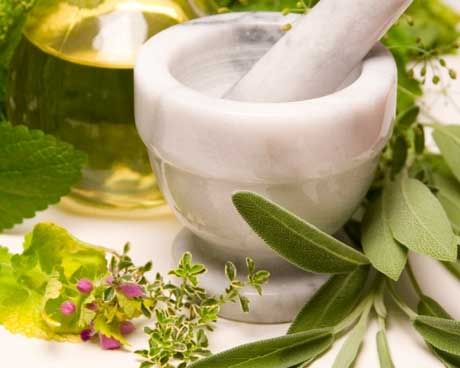
Historically, plant medicines were discovered by trial and error. For instance, our ancestors noticed that aches and pains went away when they drank tea made from the bark of a willow tree. Later, scientists found that willow bark contains salicylic acid, the active ingredient in aspirin.
This process continues today. Throughout the world, including the wild places in this country, botanists and chemists search the plant kingdom for new medicines. They sometimes find treasures in other people's trash. In 1975, researchers found a substance in the bark of the native Pacific yew tree, taxol, that reduces the production of cancerous tumors.
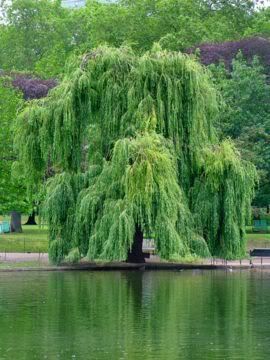
For years, the Pacific yew was burned as trash generated by logging operations in old-growth forests in the Pacific Northwest. Now, the yew is part of the treasure trove of native plants saving thousands of lives each year. Taxol has been used effectively in treating a broad range of cancers, including breast cancer, ovarian cancer, and leukemia. Like many other medicinal plant discoveries, taxol has not only saved lives but also boosted our economy. Already a multi-million dollar business, by the year 2000 taxol should produce over $1,000,000,000 in revenue and many associated jobs.
A comprehensive search of known plants for medicinal chemicals is an enormous task. Of the estimated 250,000 plant species on earth, only 2% have been thoroughly screened for chemicals with potential medicinal use. Because native plant habitats are destroyed almost daily, many medicinally valuable plants will be gone before scientists can even investigate them. How many medicines have we already lost? How many more remain to be found?

NATIVE PRODUCTS
Jojoba Shampoo. Sunscreen. Paint. Paper. Golf balls and baseball bats. Nylon and vinyl. From necessity to luxury, plants provide us with many consumer goods. Baseball bats are made from the native ash tree. Many paper products come from pulp produced from forests of native trees. Paint, vinyl, sunscreen, and many other goods are made from waxes, fats, oils, and other materials derived from plants.
Industry relies on plant products both as components of consumer goods and to grease the wheels of production. Many of these industrial products come from fairly common plants, but less common and sometimes rare plants provide substances ranging from insect repellent to commercial lubricants. In recent years, industrial interest has turned to the jojoba, a relatively obscure desert plant native to the American southwest. The high-quality, versatile liquid wax of the jojoba is replacing the oil from sperm whales, which are now protected by law. As an industry builds around this renewable resource, jojoba produces not only wax, but jobs, too.
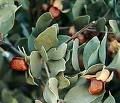
NATIVE BEAUTY
Without our native plants, we would lose many of the places that renew us emotionally and spiritually. We would also lose much of the natural beauty that defines our culture. Many people believe that every species on Earth has a right to exist, and that our world would be a sad and lonely place without its wide variety of life.

Can you imagine a world without our native plants? A world without bluebonnets stretching across Texas or fields of California poppies? Without native plants, no maples or aspens would spread their colors across the mountainsides. No rambling wild roses would adorn the fencelines of the countryside. And no irises would grace the banks of our waters.As the basis of natural habitats, native plants also support our recreation.
The animals we love to watch and photograph--birds, deer, bears--rely on native plants. Some, like the grizzly bear, face extinction themselves because of the loss of their native habitats and foods. Native plants benefit hunters and anglers by providing food and shelter to game animals, from ducks to fish to elk. Gardeners rely on native plants such as azaleas and rhododendrons, roses and orchids, and black-eyed Susans. Only a small percentage of the world's plants have been domesticated for ornamental use. Many more await discovery and cultivation.
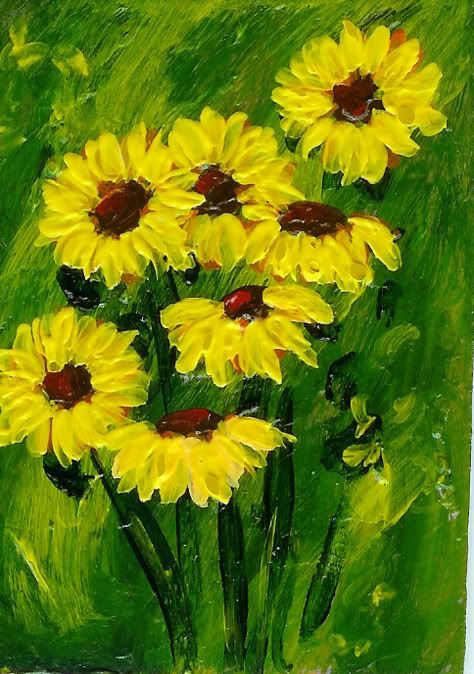
A CRISIS IN OUR OWN BACKYARDS
Scientists believe that the current global rate of plant extinction is unprecedented. But these native plants are not just disappearing from the tropical rain forests. They are also disappearing from our own backyards. Since the 1800s, the United States has lost close to 200 plant species. Today, 5,000 plant species are considered vulnerable to extinction, and more than 600 are on the federal threatened and endangered species list. These plants are disappearing because we are destroying their habitats. To protect plants, we must protect their habitats. Concern over the plight of native plants has brought together a variety of people and groups dedicated to preserving native North American plants and their habitats.

Oh Darlin, Darlin! What a vast cornucopia of wondrous pics over here today! I am way loving it! :) Isn't it sad that deforestation, the use of chemicals, big companies like Monsanto messin' with the genetic components of our food chain nuts? JUST ABSOLUTELY NUTS!!!! What the hell is everyone thinking? Obviously they think they are God. When the last tree in the forest...you know what I mean? Which is why I continually pray. There is nothing else to do but not be a part of it wherever we hang our hat and to sign every last petition out there, while screaming to the powers that be that it is enough. ENOUGH! Thankfully I know that Mother/Father God hear my petitions.
ReplyDeleteYou know...I too wish I could behold you in the flesh Sister...my heart aches for that day. We never know what the future will bring Precious One!
I just got home from running my errands, cooled off a tad and am going to rest a bit before I go at a second round, lol. My son and I are going out for Friday Night Fish Fry and I am so looking forward to it. I hope he's in a good mood, lol.
Okay beautiful...have a wonderful weekend celebrating the Freedom's we hold dear, know that I love you and am grateful you are here teaching me these wonderful ways of the plant kingdom. I love you so very much! xoxo
Yes sister I rather love it here...very green isn't it,lol!
ReplyDeleteHave a wonderful time at your fish fry and enjoy your weekend.I am happy to share with you always...xxx So happy you enjoy it here. It means alot.